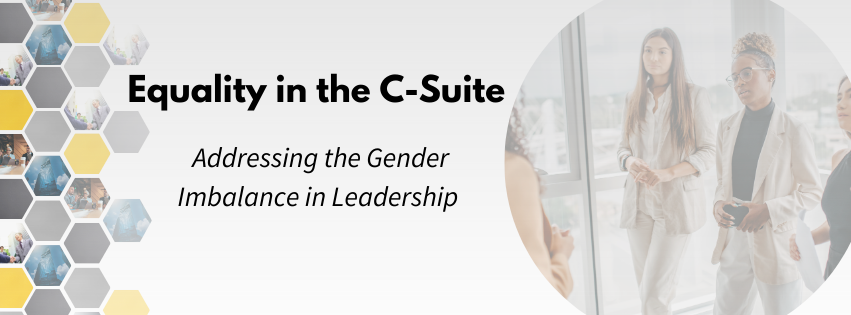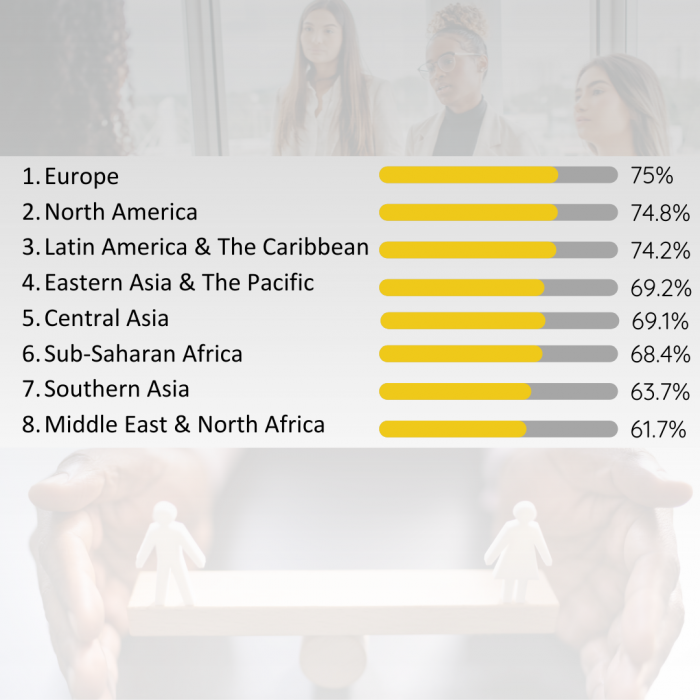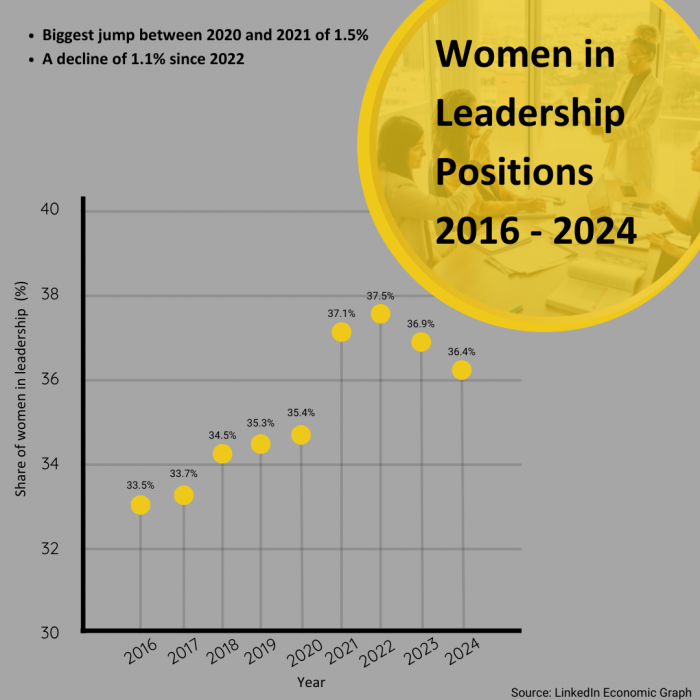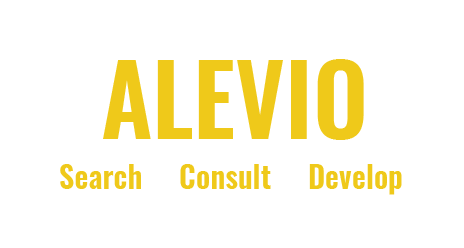
The gender gap in leadership roles remains a significant challenge worldwide, with stark disparities evident in various regions. According to the latest Global Gender Gap Report, many countries have made incremental progress, yet substantial gaps persist within certain areas and seniority levels. Nordic countries continue to lead the way in gender equality, while others lag considerably behind. This article delves into the current statistics surrounding gender gaps in leadership, highlighting the rankings of different countries and exploring actionable strategies businesses can adopt to support and accelerate the closing of this gap.
Here are the current ranks by region, each score represents the percentage of gender gap closed, this number represents an average across all aspects of gender parity.


Including the stats from 146 countries globally the gender parity score sits at 68.6% closed. A disappointingly low increase from 68.5% from last years gender gap report. Considering that the sustainable development goal is to “ensure women’s full and effective participation and equal opportunities for leadership at all levels of decision-making in political, economic and public life.” By 2023 – At this rate of increase we are currently 115 years behind. This shifts the goalpost to 2158 as the anticipated year for closing the gender gap – roughly five generations of women behind the 2030 goal.
A Drop at the Top
LinkedIn data reveals that women’s workforce representation remains below that of men across nearly all industries and economies, with women making up 42% of the global workforce and 31.7% of senior leaders. Access to top-level positions for women remains limited, highlighted by a significant drop in representation as women move from entry-level roles to the C-suite, where there is a 21.5 percentage point disparity. Although women nearly occupy half of entry-level positions, they represent less than one quarter of C-suite roles. Previously seen as a positive trend, the hiring of women into leadership roles has declined, from 37.5% in 2023 to 36.9%, and further dropped to 36.4% in early 2024, falling below 2021 levels. LinkedIn research suggests that worsening macro-economic conditions contribute to this decrease in hiring women for senior leadership roles. However, higher female representation in the workforce is associated with greater resilience to job cuts during economic downturns.

As technology adoption is set to play a crucial role in business transformation over the next five years, employers are placing a higher value on candidates with technological literacy and engineering skills. Gender representation in AI engineering is trending positively. Although men still constitute the majority of AI talent, the past four years have seen a reduction in their share and a corresponding rise in the proportion of women in AI roles. This trend is an encouraging sign for gender parity. Across industries, gender parity in AI has been progressively improving in sectors such as Education, Professional Services, Manufacturing, and Technology, Information, and Media. However, Financial Services is the only sector that has experienced a decline in gender parity in AI engineering since 2016.
Closing the Gender Gap in Leadership: Strategies for Businesses
There have been some great efforts by businesses so far to address the gender gap in leadership – Bonnie Y. Chan, CEO of the Hong Kong Stock Exchange, has instituted a ground breaking policy mandating that all registered businesses must have a gender-diverse board by the end of this year. This new regulation also applies to all new applicants, requiring them to demonstrate board diversity from the outset. Chan’s initiative aims to promote gender equality and enhance corporate governance across the Exchange, setting a precedent for inclusivity in the global financial market.
Achieving gender parity is beyond just having half of women occupy male dominated spaces; it involves providing women with equal opportunities and support to attain these positions. Achieving gender parity is bigger than just business centric changes but it’s a great place to start.
So as businesses, what is it we can to do help close the gender gap?
Implement Mentorship Programs
Establish mentorship and sponsorship programs to support women in leadership development. Pair emerging female leaders with experienced mentors who can provide guidance and advocate for their advancement.
Promote Gender Diversity in Recruitment
Actively seek to diversify the talent pool by recruiting from diverse backgrounds and ensuring gender-balanced shortlists for leadership positions.
Offer Flexible Work Arrangements
Provide flexible working options such as remote work, flexible hours, and part-time roles. This can help accommodate work-life balance and retain talented women who might otherwise leave the workforce.
Create Inclusive Company Policies
Develop and enforce policies that promote gender equality, such as equal pay for equal work, paid parental leave, and anti-discrimination measures. Offer better childcare options and improve paternity leave policies. Research from the World Bank indicates that increased paternal leave is linked to higher female labour force participation.
Set Clear Diversity Goals and Measure Progress
Establish specific, measurable goals for gender diversity in leadership roles. Regularly track and report progress, holding leadership accountable for meeting these objectives.
Highlight and Celebrate Successes
Recognize and celebrate the achievements of women leaders within the organization. Showcase their successes to inspire others and demonstrate the company’s commitment to gender diversity.
Encourage Male Allyship
Engage men in the conversation about gender diversity and encourage them to be allies. Promote the importance of gender diversity and equity as a collective organizational goal.
Address Unconscious Bias
Conduct training sessions to raise awareness about unconscious bias and its impact on decision-making. Implement practices to minimize bias in hiring, promotions, and performance evaluations.
In a rapidly evolving business landscape, securing diverse and capable leadership is more critical than ever. Alevio’s Executive Search Services are dedicated to bridging the gender gap in leadership, helping your organization thrive with balanced and forward-thinking leadership teams. Trust us to find the leaders who will drive your company to new heights, ensuring a future of innovation, inclusivity, and exceptional performance. Partner with us, and let’s build a stronger, more equitable leadership together.


